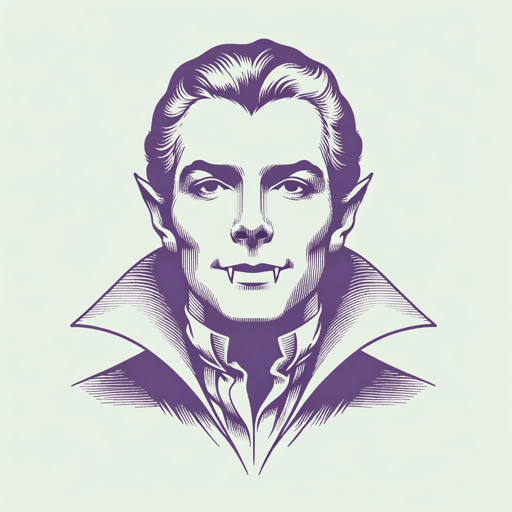27 pages • 54 minutes read
Stephen KingWhy We Crave Horror Movies
Nonfiction | Essay / Speech | Adult | Published in 1981A modern alternative to SparkNotes and CliffsNotes, SuperSummary offers high-quality Study Guides with detailed chapter summaries and analysis of major themes, characters, and more.
Background
Sociohistorical Context: Horror Film in the 1970s and Early 1980s
Horror movies of the 1970s and early 1980s reflect several social issues of the time, as noted on the website Horror Film History. These include feminism and gender equality, the role of science and technology, fears about changing family values, the decreasing role of organized religion in people’s lives, and the fear of children (a byproduct of the advent of the birth control pill and abortion debates during that period). Examples of films with these themes include The Exorcist (1973), The Stepford Wives (1975), The Omen (1976), and film adaptations of Stephen King’s The Shining (1980) and Carrie (1976). Monster movies and slasher movies also appeared during this period, such as Dawn of the Dead (1979), Jaws (1975), The Texas Chainsaw Massacre (1974), and Halloween (1978). Films of the early 1980s featured new special effects and plots related to aliens, ghosts, and materialism.
Addressing the role of horror movies in society, writer and story consultant Karina Wilson notes the following:
Horror offers us a fictional space in which we can share and evaluate our collective fears—whatever they may be at the time. Scary movies allow us to stare down whichever one of the Four Horsemen of the Apocalypse—Pestilence, War, Famine, Death—is currently leading the charge.
Related Titles
By Stephen King
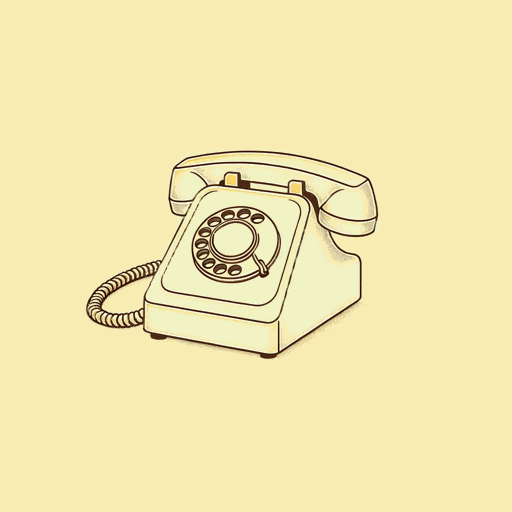
11.22.63
Stephen King
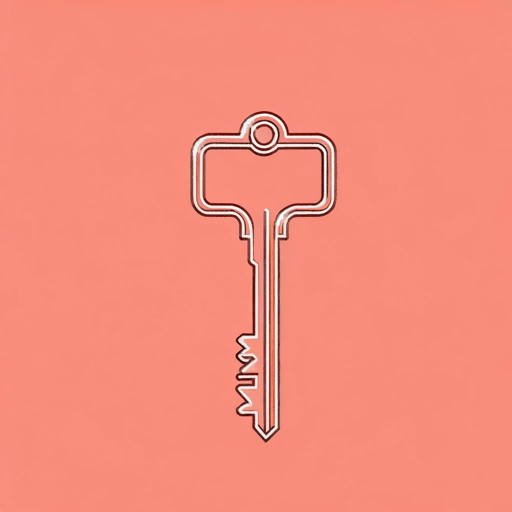
1408
Stephen King

Bag of Bones
Stephen King
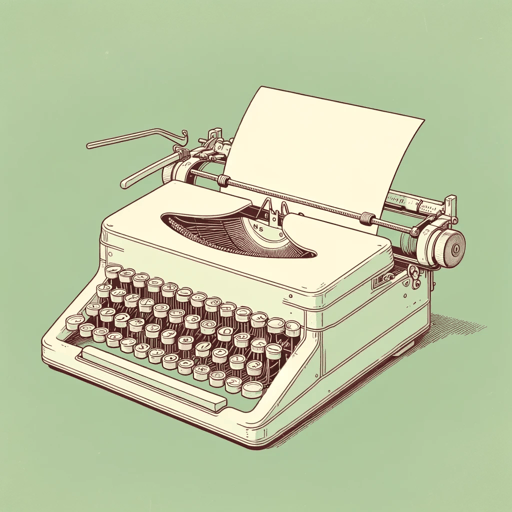
Billy Summers
Stephen King
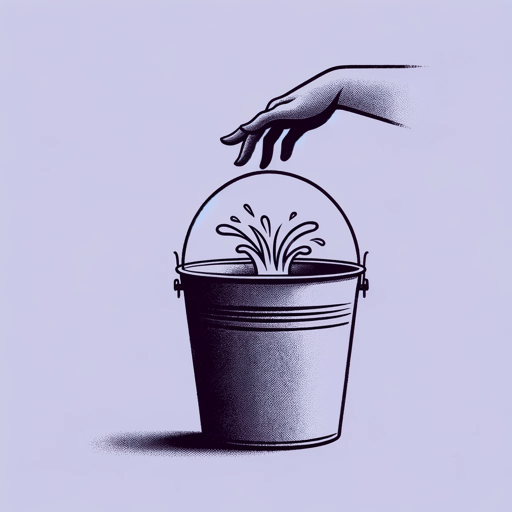
Carrie
Stephen King

Children of the Corn
Stephen King
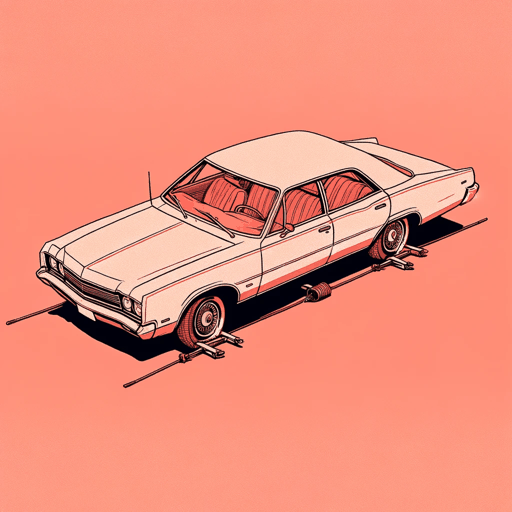
Cujo
Stephen King
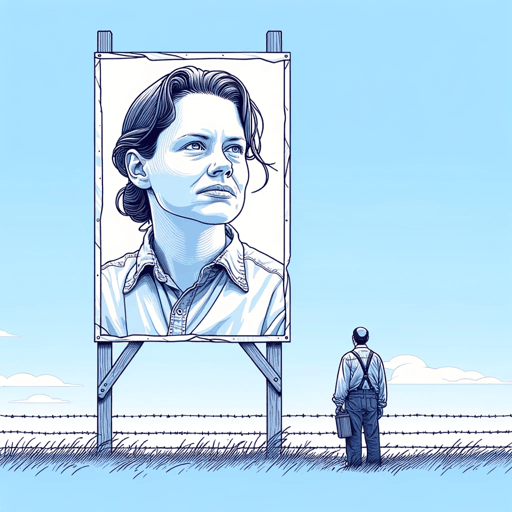
Different Seasons
Stephen King
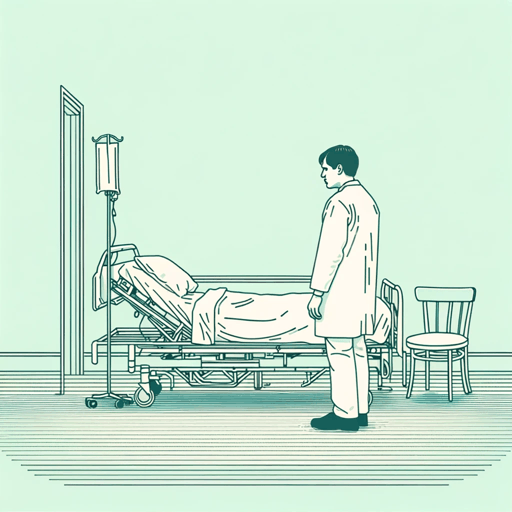
Doctor Sleep
Stephen King
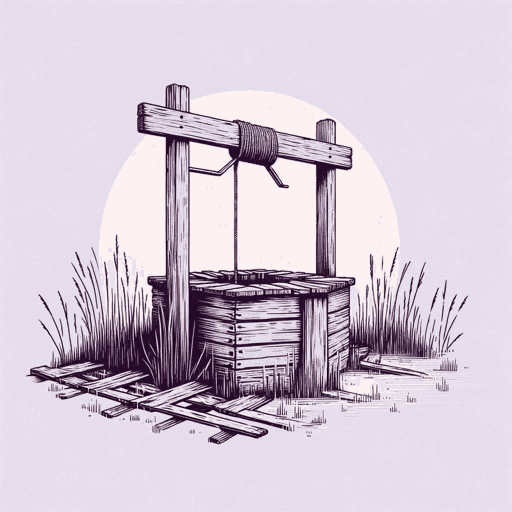
Dolores Claiborne
Stephen King
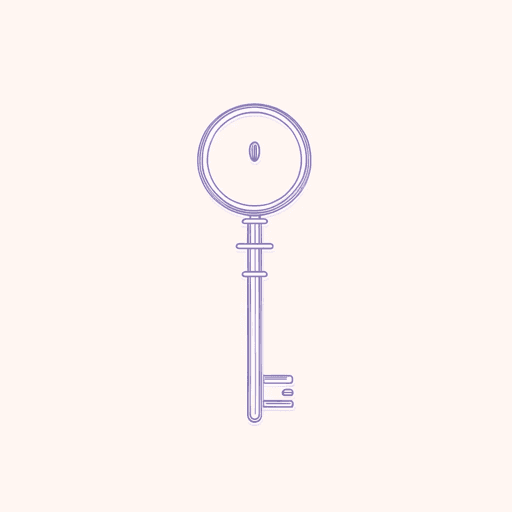
Duma Key
Stephen King
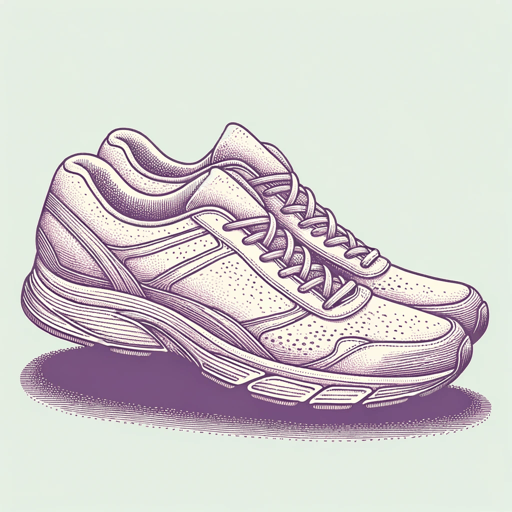
Elevation: A Novel
Stephen King
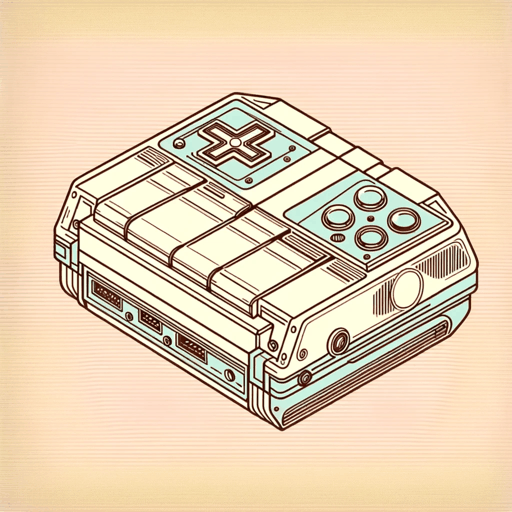
End of Watch
Stephen King
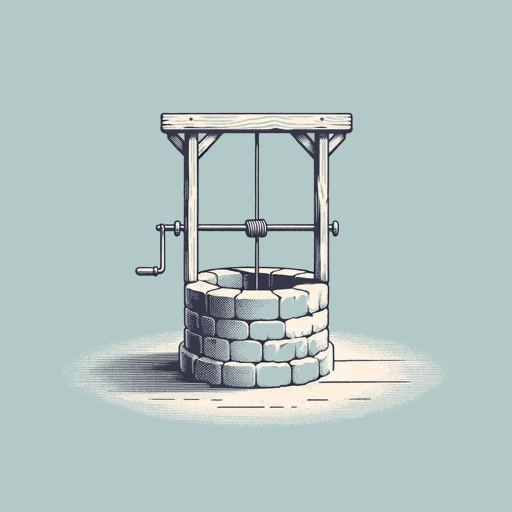
Fairy Tale
Stephen King

Finders Keepers
Stephen King
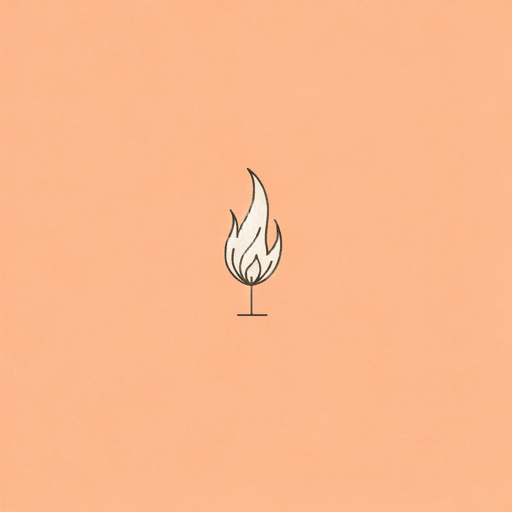
Firestarter
Stephen King

From a Buick 8
Stephen King

Full Dark, No Stars
Stephen King
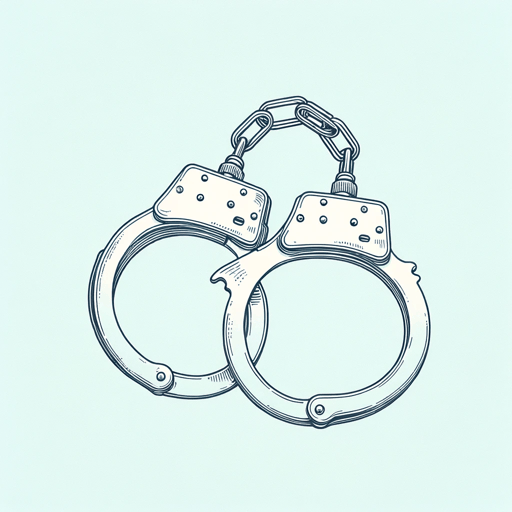
Gerald's Game
Stephen King

Gwendy's Button Box
Stephen King, Richard Chizmar
